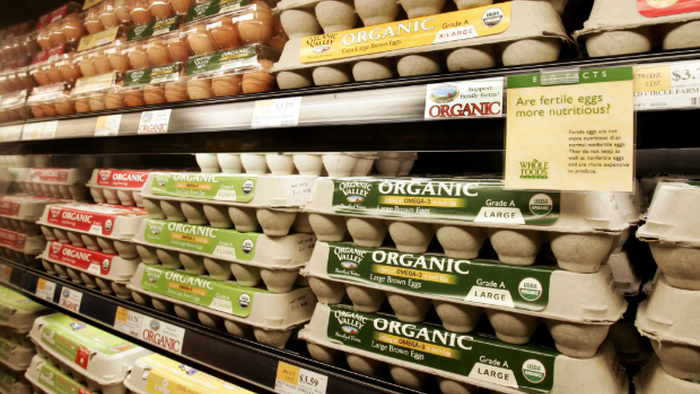Recent retail price data reveals that the cost of a dozen eggs has surged to unprecedented levels, driven primarily by a significant bird flu outbreak that has decimated the nation’s egg-laying hen population. According to Bloomberg, the price of eggs in the Midwest has risen to approximately $5.67, surpassing the previous record of $5.46 set in December 2022. The current spike in prices is attributed to a combination of production losses caused by the avian flu and increased consumer demand during the holiday season, which traditionally sees an uptick in cooking and baking activities. As a result of this ongoing crisis, millions of birds have been culled in an effort to contain the spread of the virus.
The managing editor for eggs in the Americas at Expana, Karyn Rispoli, emphasized the severity of the situation, indicating that around 17 million egg-laying hens and pullets have been lost since the mid-October outbreak began. This recent spate of bird flu cases is among the most significant since the virus was first identified in February 2022. The nature of the avian flu outbreak has not only affected poultry but has also impacted other livestock species like dairy cattle. Notably, a recent report highlighted a hospitalization for a severe case of H5N1 bird flu in Louisiana, further illustrating the outbreak’s serious implications.
Wholesale egg prices are nearing record levels as reflected in the Urner Barry Egg Index, indicating the persistence of this price surge on the market. The recent Consumer Price Index (CPI) report also pointed to a notable increase in the price index for chicken eggs, with a staggering 54.6 percent jump contributing to the overall rise in prices of final demand goods. This contributes to a more extensive trend of global food inflation entering a precarious phase of re-acceleration, putting a strain on households already facing economic uncertainties.
In light of these rising prices and the ongoing food inflation crisis, many cash-strapped households are exploring alternative methods to manage their food costs. Experts suggest that one effective way to mitigate the impact of soaring food prices is for families to begin producing their own food. Establishing a chicken coop, planting a vegetable garden, setting up honeybee hives for honey production, or creating pastures for livestock can provide not only financial relief but also improve food security. These self-sustaining practices empower households to take control over their food sources, reducing reliance on a vulnerable and volatile food supply chain.
The current situation makes it clear that rising food prices are not solely an economic issue but also concern for health and security. The overarching influence of the food industry on federal policy-making can create a vicious cycle that undermines local farmers and sustainable practices in favor of larger food corporations. By reclaiming the food supply chain, households can reduce their exposure to fluctuating prices and ensure access to healthier, homegrown food options. This shift toward local food production can potentially provide a buffer against future spikes in food prices exacerbated by events such as disease outbreaks or supply chain disruptions.
In conclusion, the soaring prices of eggs amid a severe bird flu outbreak are emblematic of broader issues affecting the global food supply, including rising inflation and the vulnerabilities inherent in industrial food production. The ongoing challenges faced by consumers underline the importance of self-sufficiency, local food production, and proactive measures to secure both food health and economic stability. As households look for ways to navigate this difficult landscape, the idea of taking back control from the entrenched food industrial complex emerges not only as a response to current challenges but also as a long-term strategy for resilience against an uncertain future.

